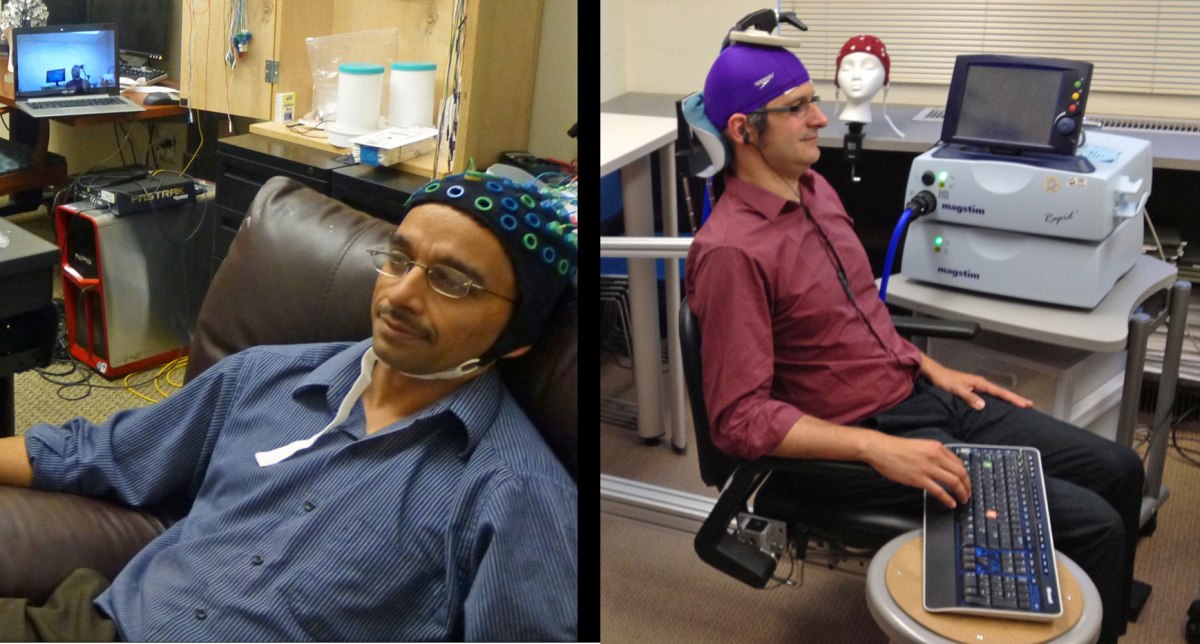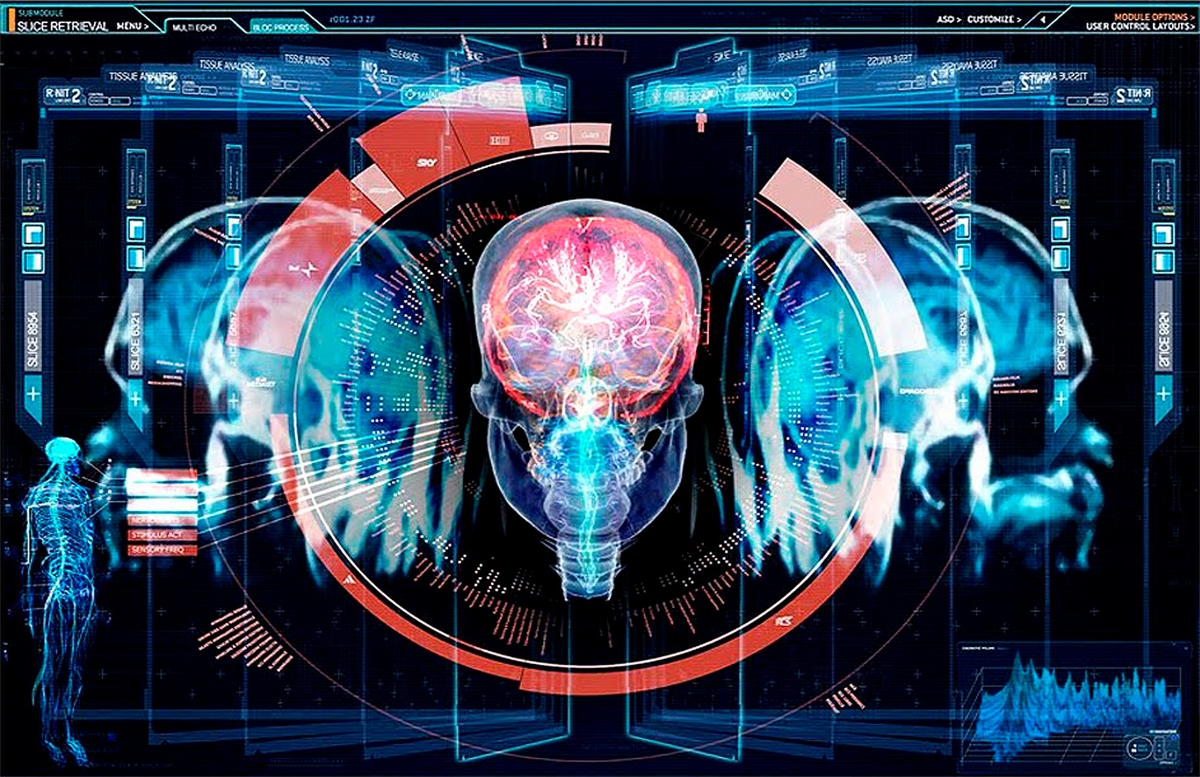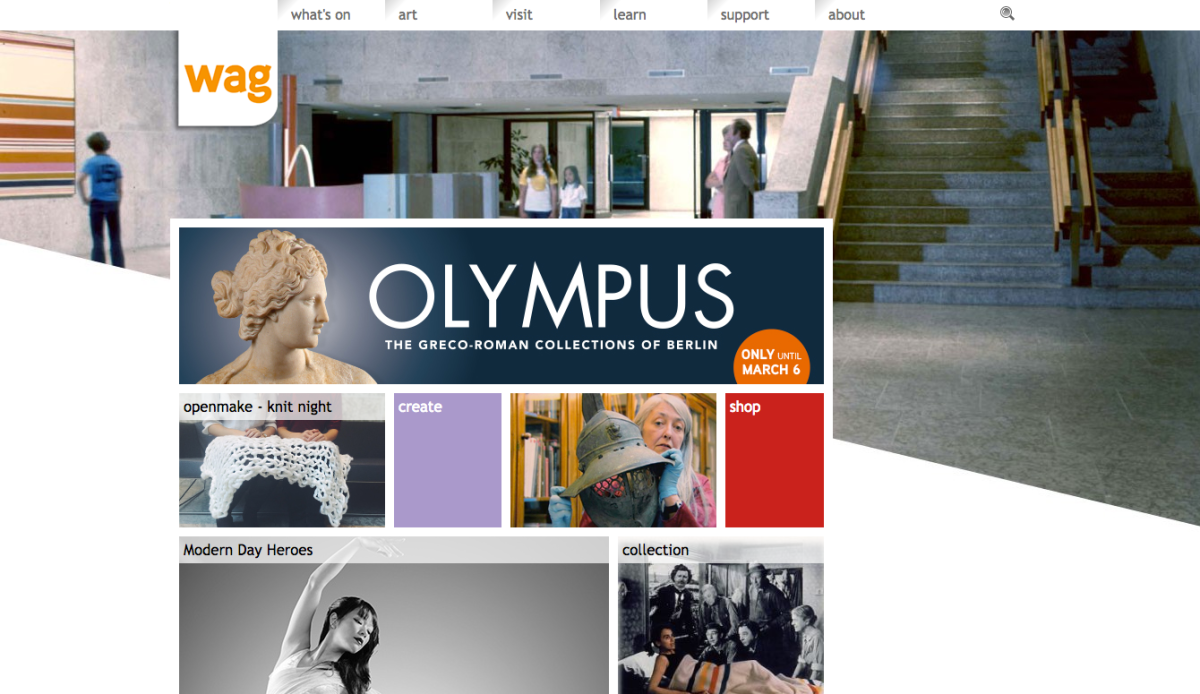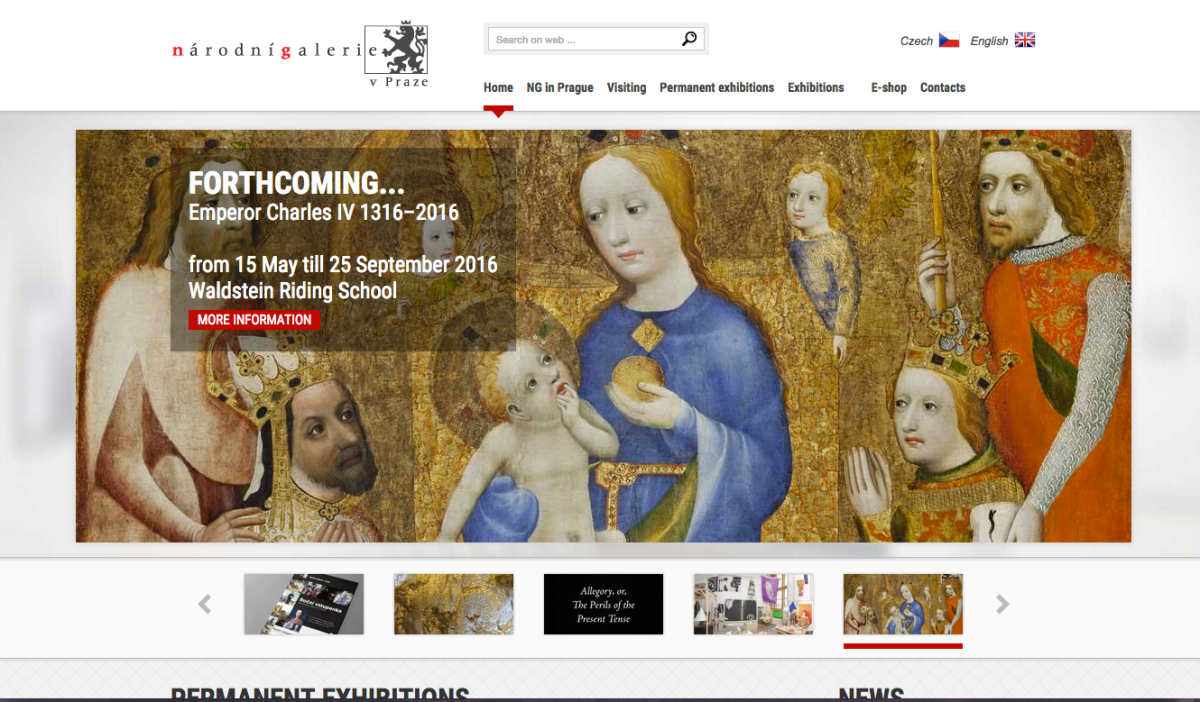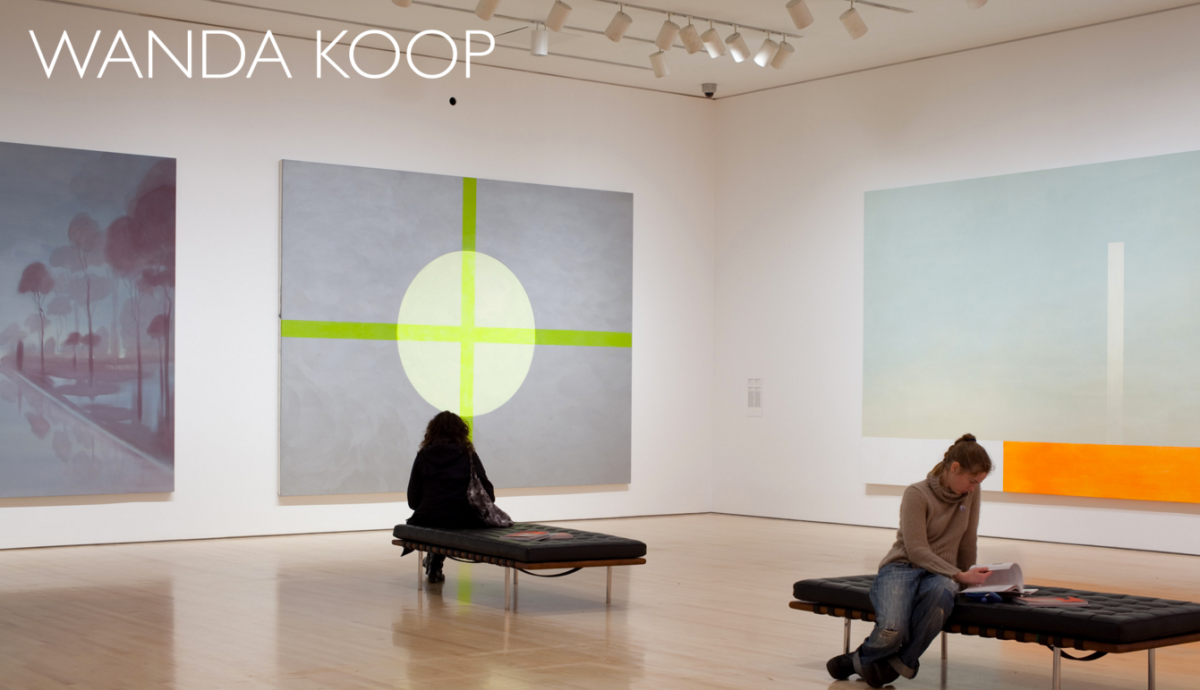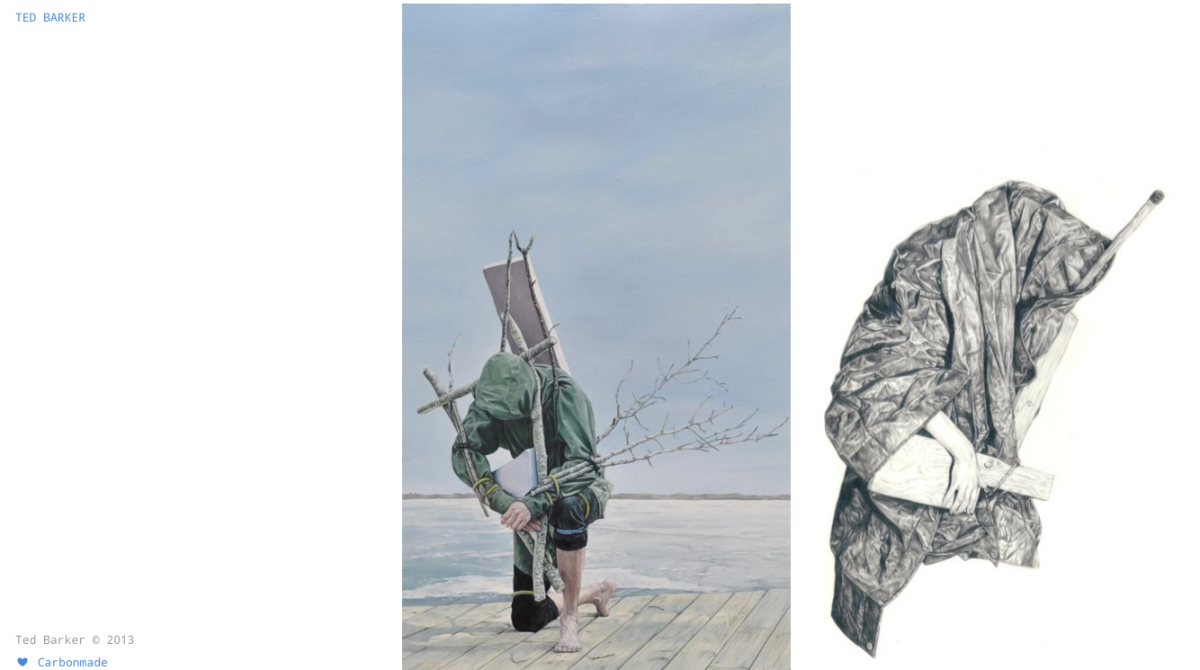
Over the past decade, great advancements have been achieved in the development of artificial intelligence, nanotechnology and electronic brain sensors. Successes of systems like the Oculus Rift indicate that we are rapidly approaching a time in which our realities can be greatly augmented in accordance to our whims. Perhaps Ray Kurtzweil’s bold suggestion of “The Singularity”, the moment at which technology becomes self-aware, is entirely feasible.
A brain–computer interface (BCI), sometimes called a mind-machine interface (MMI), direct neural interface (DNI), or brain–machine interface (BMI), is a direct communication pathway between an enhanced or wired brain and an external device. Read an article on the Kurtzweil website describing some of the science behind this exciting new technology below:
The BCI can have some very useful and positive applications. They are often directed at researching, mapping, assisting, augmenting, or repairing human cognitive or sensory-motor functions. Scientists at the University of California in San Diego have developed a BCI system to find mines in sonar images of the ocean floor. The study shows that the new method speeds detection up considerably when compared to existing methods—mainly visual inspection by a mine detection expert. Read the full article:
The development of this technology raises some ethical concerns, such as issues regarding consent, privacy, personal responsibility, potential personality augmentation, mind-reading/mind-control, advanced interrogation techniques and selective enhancement. Read an article outlining some of the key ethical issues with BCIs below:

